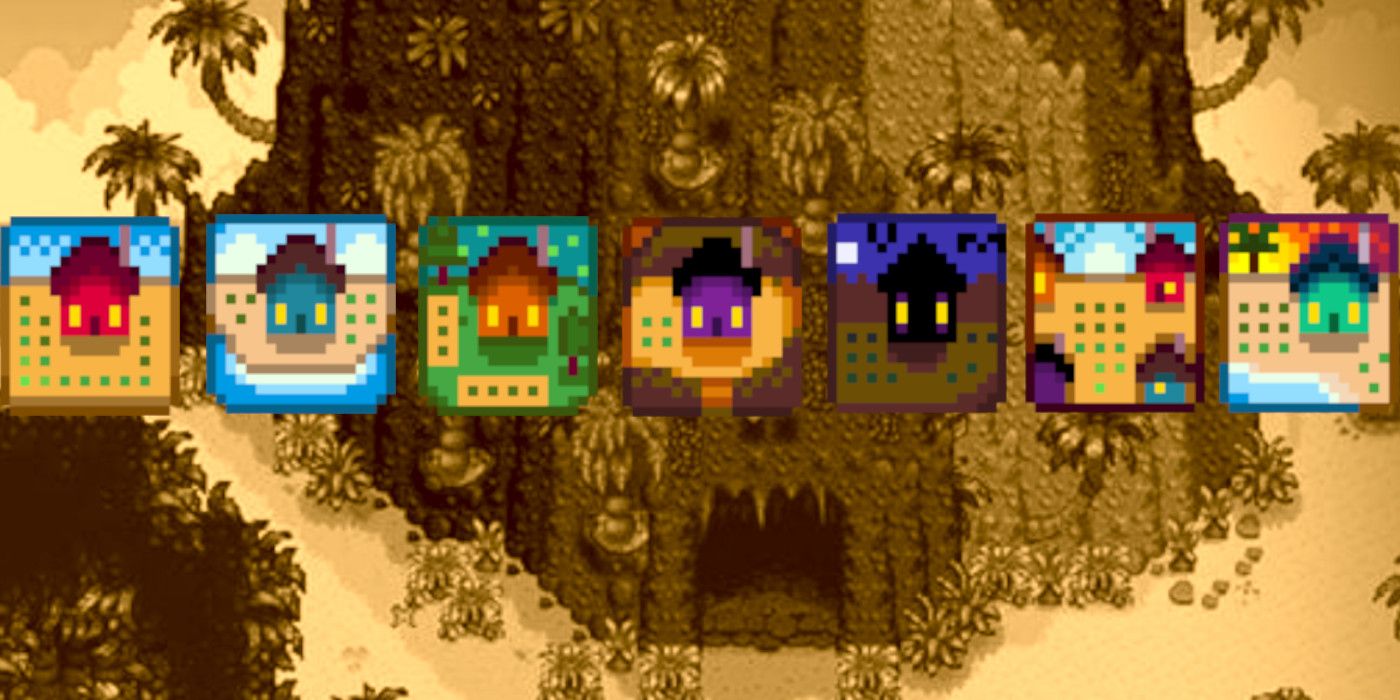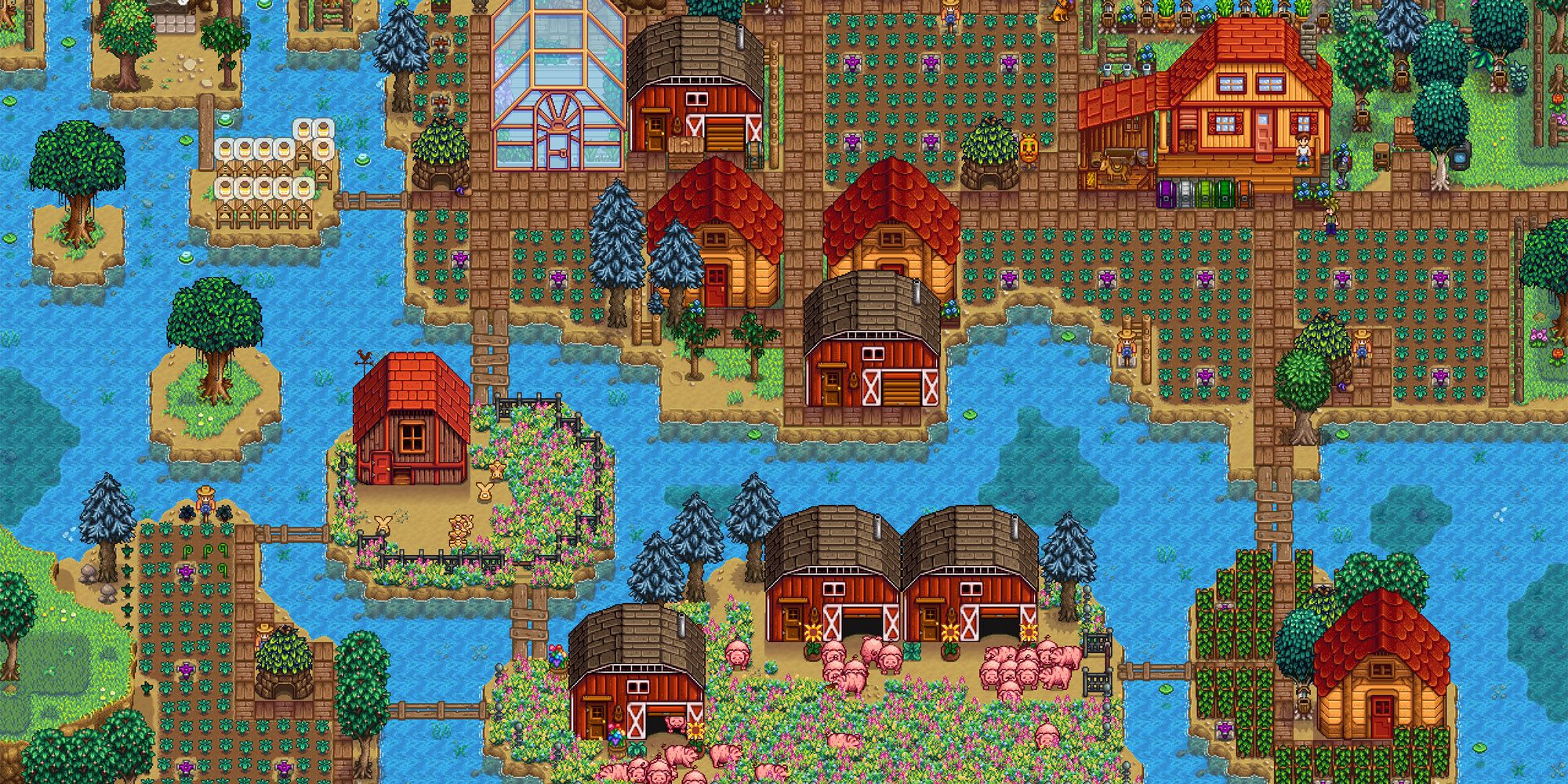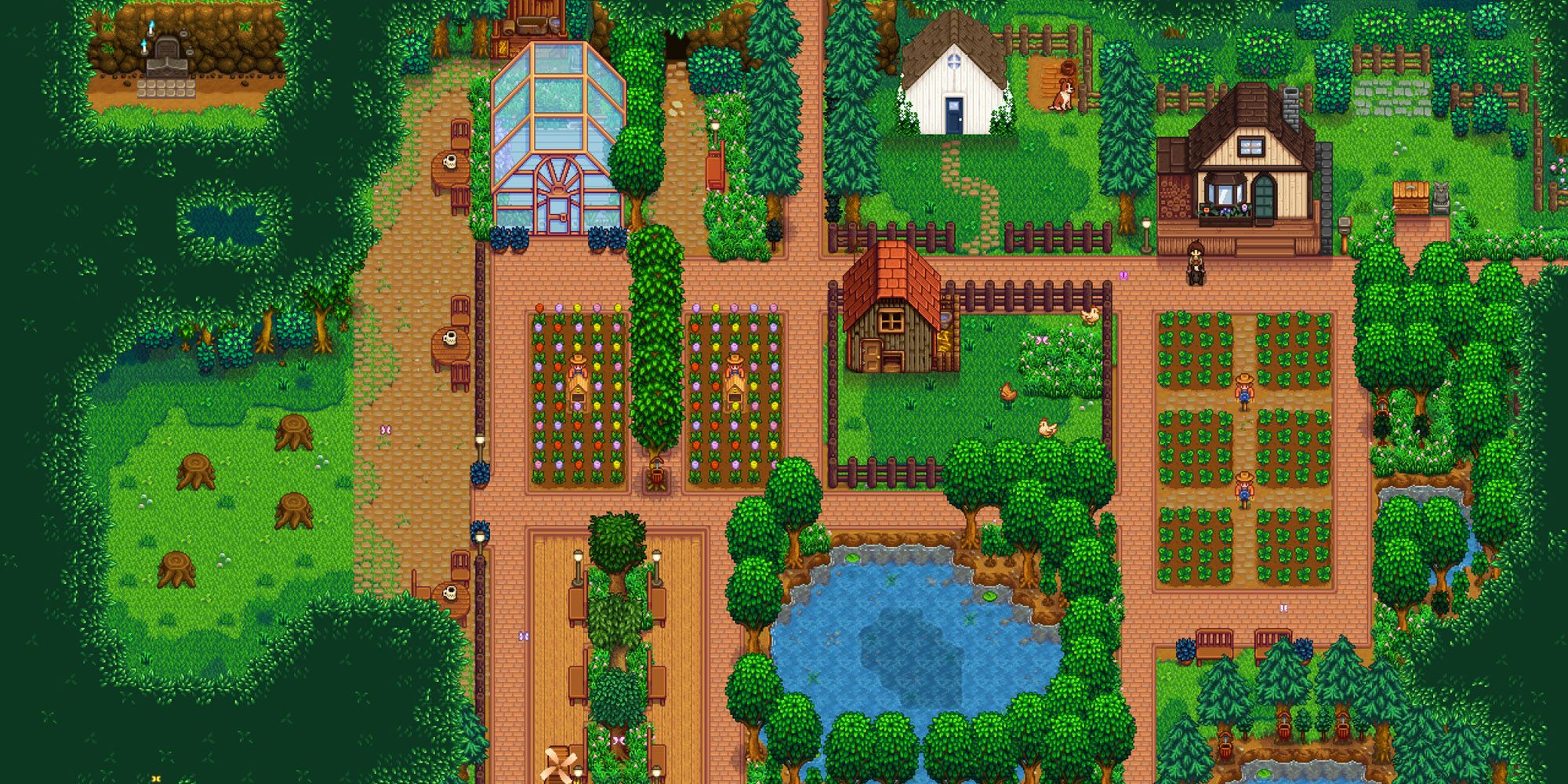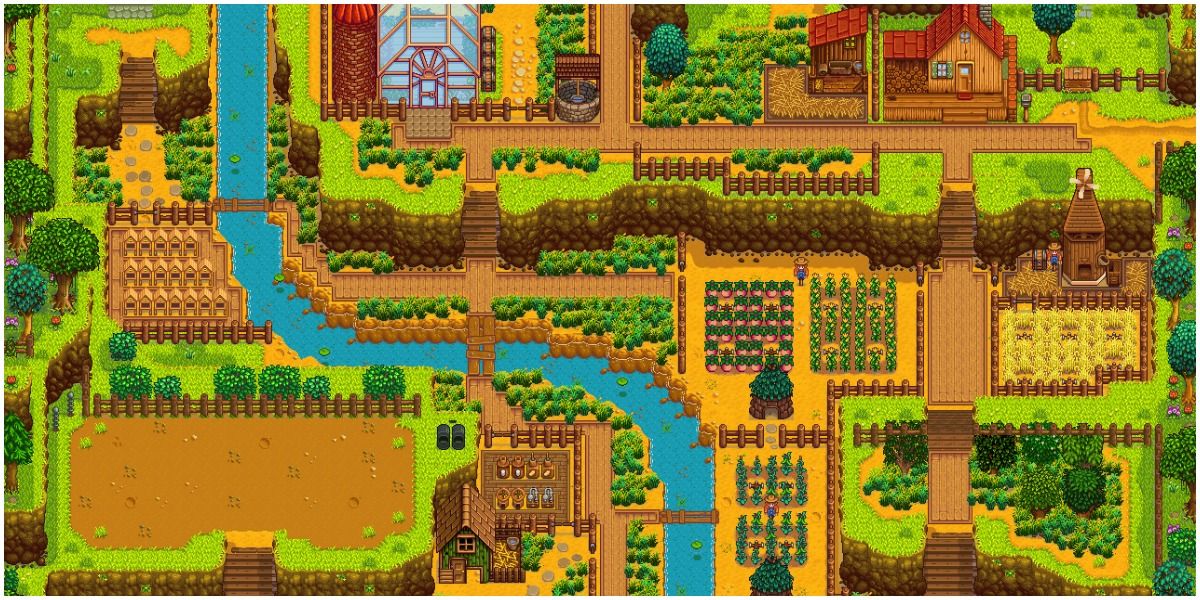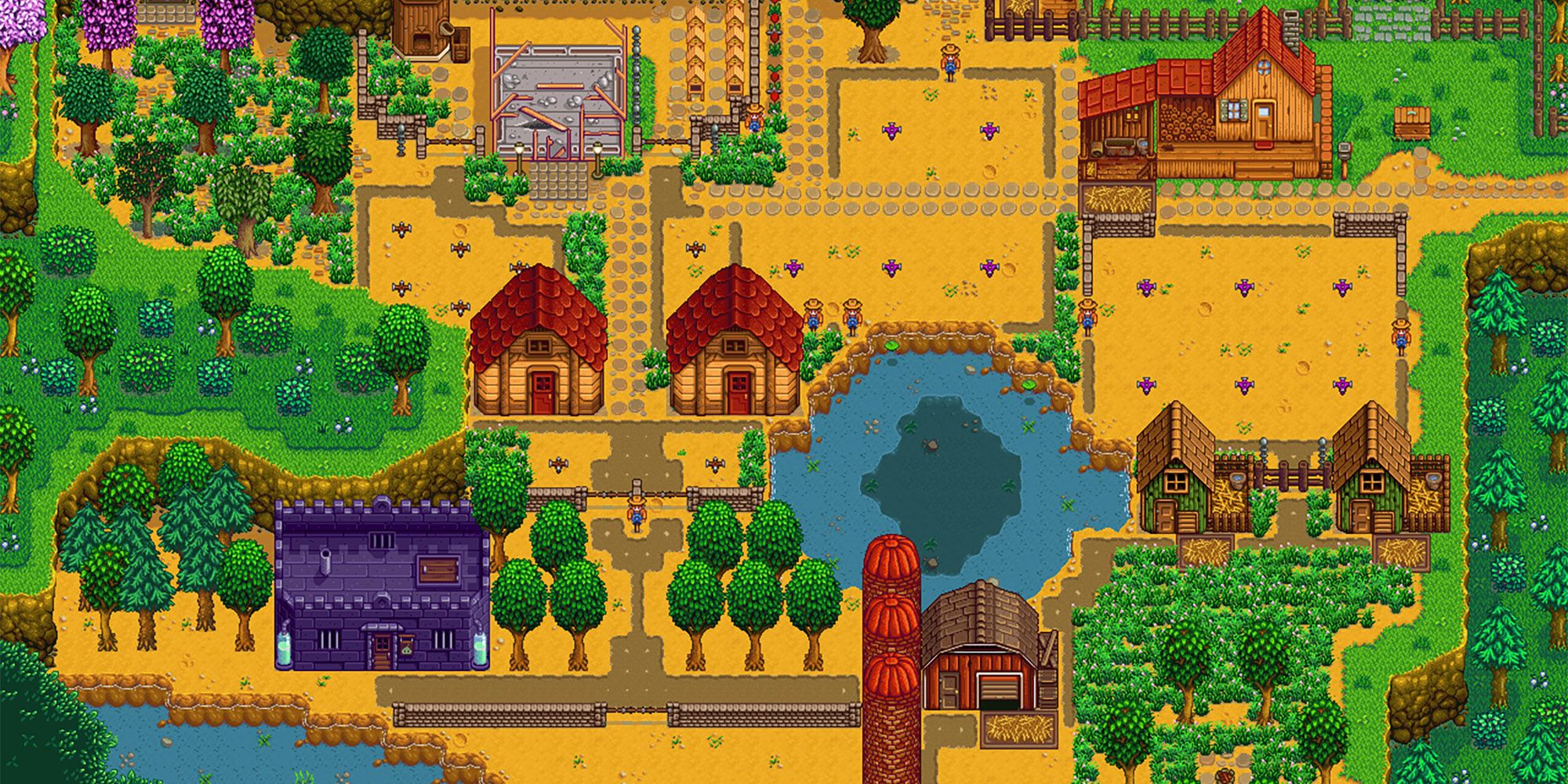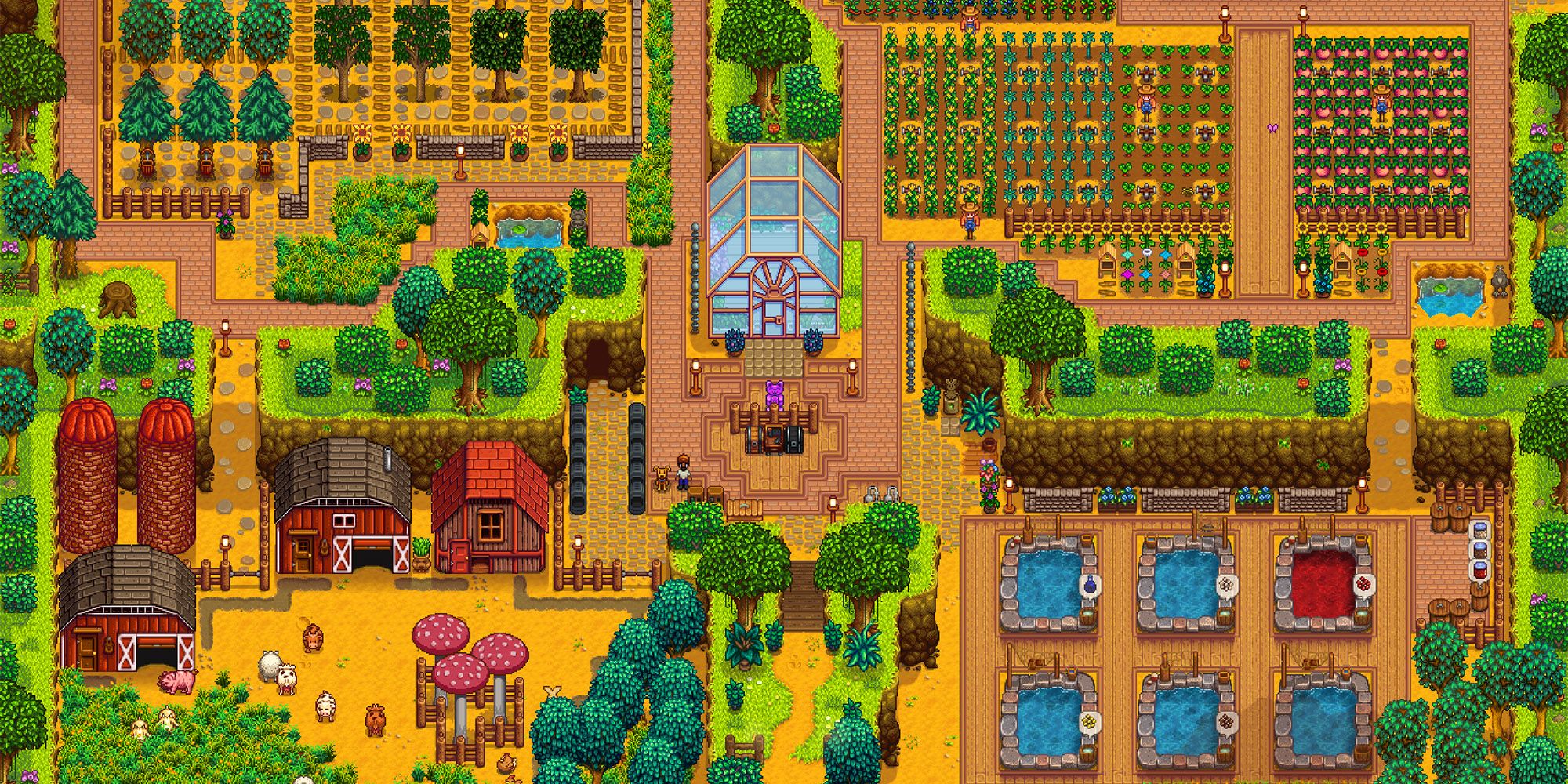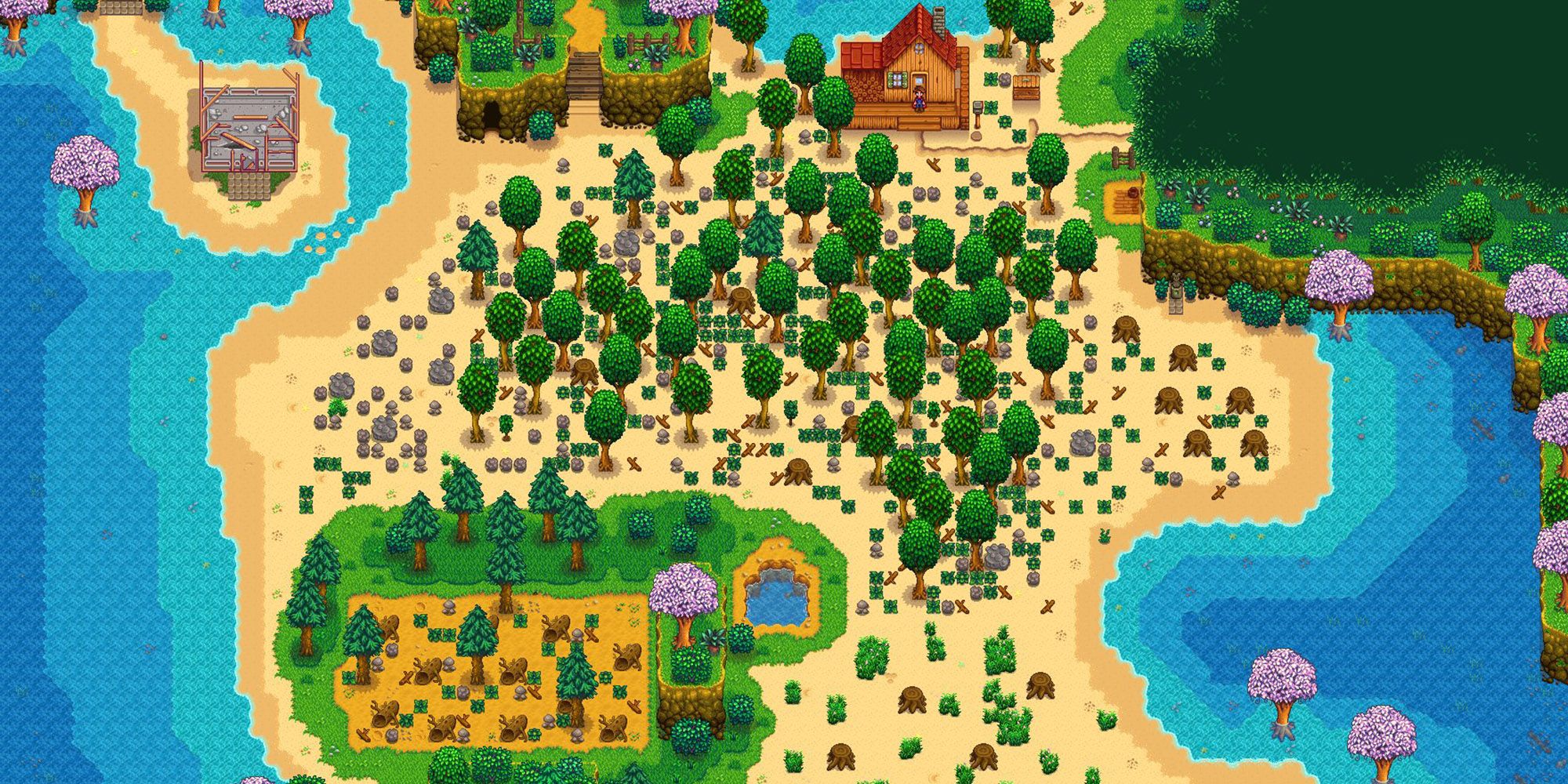Stardew Valley is the premiere indie farming simulator that took the genre to a new level and introduced a whole new generation of gamers to the coziness of simulated farming. It is a game that is ripe with things for the player to do, from cleaning up their grandfather's farm and turning it into a successful business to getting to know the wildly colorful cast of characters living in Pelican Town, to hunting monsters for the Adventurer's Guild, all the way down to revitalizing the town by either rebuilding the old Community Center or by selling it off to the next big megacorp.
It all starts though with a typical character generation screen where the player is given a number of choices. They get to chose everything about their character; their hair, outfit, sex, name, favorite thing, farm name, whether or not they prefer cats or dogs, and most importantly their farm layout. There are seven different farm layouts to choose from at the beginning, and one secret farm that can only be accessed once the Community Center is rebuilt or all of the Joja Mart bundles are purchased, making it a viable late-game option.
Updated on March 12, 2024 by Noelle Warner: Despite its release more than eight years ago, Stardew Valley remains one of the most popular indie games of all time. This list has been updated with even more information about the game's various farm layouts, and to bring the formatting up to CBR's most recent editorial standards.
8 The Standard Farm Layout Is Best For Farming But Little Else
|
Best For |
Tillable Tiles |
Non-tillable, Buildable Tiles |
Other Attribute(s) |
|---|---|---|---|
|
Farming |
3,427 |
235 |
|
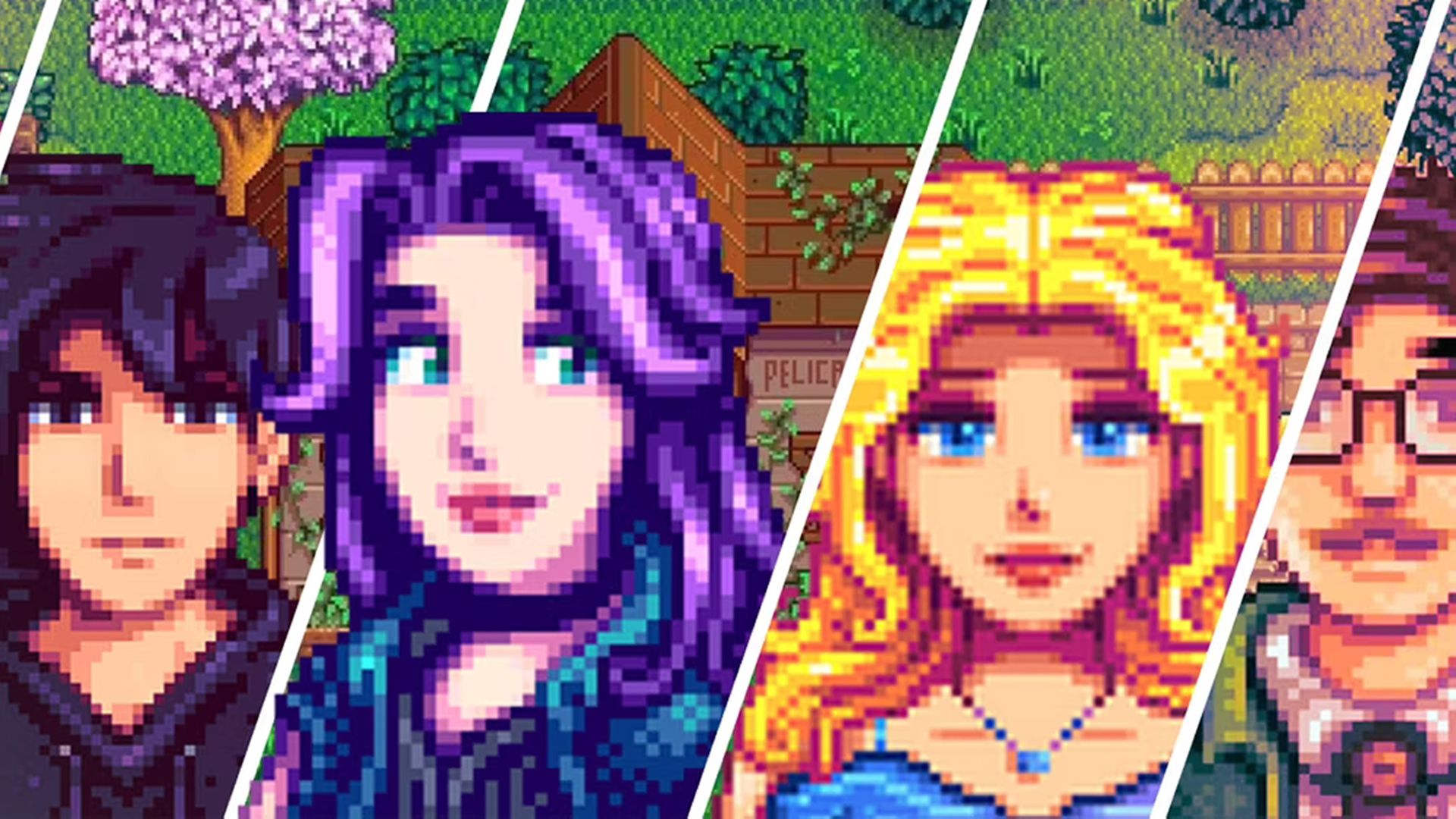
Every Stardew Valley Love Interest, Ranked
From Haley's prickly personality to Sebastian's depths, every Stardew Valley love interest has traits that influence player choices and their ranks.The default Standard Farm layout is the go-to if the plan is to spend a ton of time farming. It is the layout with the most profit potential due to its whopping 3,427 tillable tiles and then 235 additional tiles that are not tillable but are buildable. That makes it perfect for shaping to suit any need or preference. It's the perfect place to sit back and ignore the villagers unless they happen to appear en route to a shop. Once it's all cleaned up and automated, this farm can really rake in the profits in a way none of the other farms even compare to, making it so that after about a year, the player will want for nothing.
The downfall is that it is so perfectly made for farming, that it is useless for anything extra. It doesn't gain any special quirk other than having a metric ton of buildable space, the pond is full of trash, there's very limited foraging, and the respawn rate for debris is very low compared to some of the other farms. Additionally, due to its massive size, it takes a ton of elbow grease to actually get up and running properly. The player can expect a lot of scraping by on low energy, running to Gus to purchase food, and probably fainting due to overexertion at least a few times on this farm.
7 The Riverland Farm Layout Is Good For Fishing But Has Very Few Tillable Tiles
|
Best For |
Tillable Tiles |
Non-tillable, Buildable Tiles |
Other Attribute(s) |
|---|---|---|---|
|
Fishing |
1,578 |
516 |
|
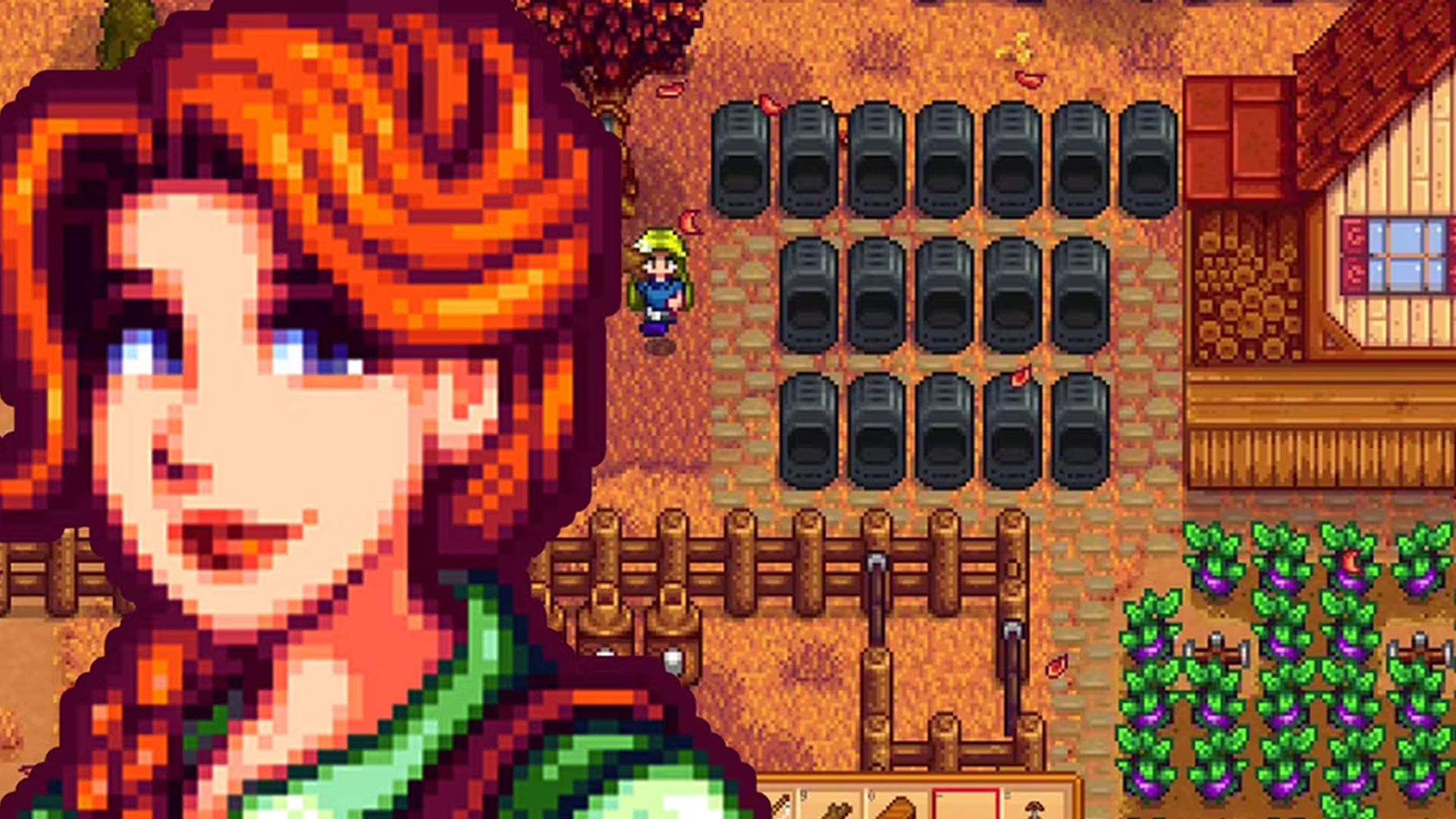
15 Fastest Ways To Make Money In Stardew Valley
Stardew Valley has priorities beyond profit, players need a steady cash flow to fund other endeavors, and Patch 1.6 offers even more opportunities.The Riverland Farm is a gorgeous farm layout with tons of water and a bunch of little islands. It makes for some great organization, but the highlight is fishing here. This is the most viable farm for fishing out of the lot, with very little trash. 70% of the fish are going to be the same river fish found within Pelican Town, while the other 30% are pond fish like those that can be found in the Cindersnap Forest. This all makes it highly profitable in the early stages of the game where fishing is one of Stardew Valley's best moneymakers. It also does well with fruit trees, rice, and makers such as Bee Houses, Preserves Jars, and Kegs as they can take advantage of those buildable but unfarmable tiles easily while also raking in passive income.
The problem is that the map is almost entirely water, with only a measly 1,578 tillable tiles. At least it has an additional 516 non-farmable but buildable tiles, which helps a little. The islands are so tiny it makes raising livestock extremely difficult, and Slime Hutches are almost definitely out of the question.
Not to mention, there are so many big blocks to the player's path until there are sufficient tool upgrades that traversing it in the early stages is a pain beyond most other layouts, and its winding pathways make it take quite some time to cross even late game. Valuable farming space has to be taken up by other placeables to make it work at all, so it requires a ton of planning and a lot of running to really be useable past its intended fishing purpose.
6 The Forest Farm Layout Makes For Aesthetic Foraging But Is Not Great For Large Buildings
|
Best For |
Tillable Tiles |
Non-tillable, Buildable Tiles |
Other Attribute(s) |
|---|---|---|---|
|
Foraging |
1,413 |
1,490 |
|
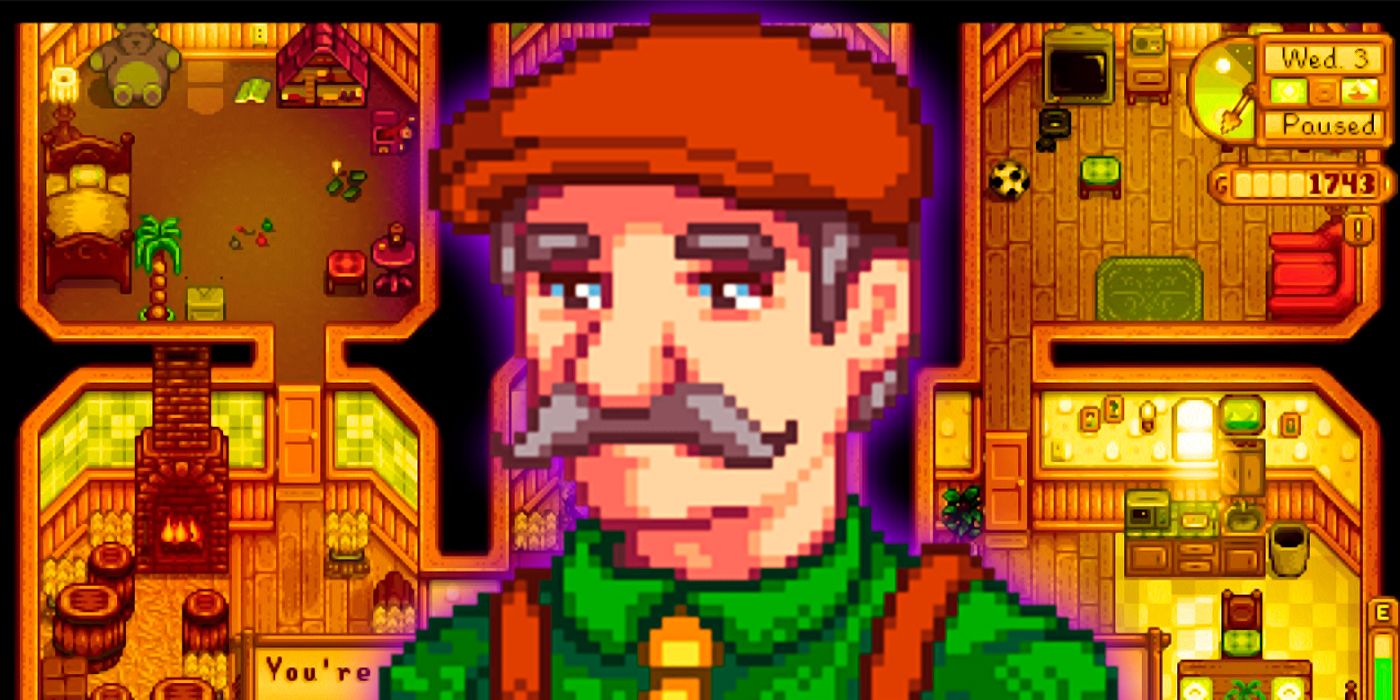
Not Completing Stardew Valley's Silliest Side-Quest Unlocks Hilarious Secrets
Mayor Lewis' missing shorts might seem like a simple side-quest, but Stardew Valley actually hides a lot of different uses for the unique quest item.The Forest Farm lends itself heavily to foraging. It has respawning hardwood stumps, seasonal forageables, and enough berry bushes to keep the farmer well-stated well into later parts of the game. It also has a 5% chance of catching the elusive Woodskip in its pond, and it also has a 45% chance of catching the same pond fish that appear in Cindersnap. Not to mention, it has the same border as the neighboring forest and Secret Wood, making it blend a little more seamlessly with the map than the others. It also has an impressive 1490 tiles that are buildable, even if they are not farmable.
The problem is that it has extremely poor farming capabilities, so those forageables are going to have to make up the majority of the Farmer's diet. It has the fewest number of farmable tiles at the pitiful 1,413, meaning every square needs to be used as efficiently as possible. It lends itself best to its intended use as a foraging space and not much else, and forageables are not exactly high on the profit scale. In order to make any semblance of a good profit off of this particular layout, players have to combine Bear's Knowledge, good Foraging profession choices, and a whole lot of makers. Even then, it's really not going to be terribly lucrative and suits casual play far better.
5 The Hill-Top Farm Layout Has Its Own Quarry But Is Severely Broken Up
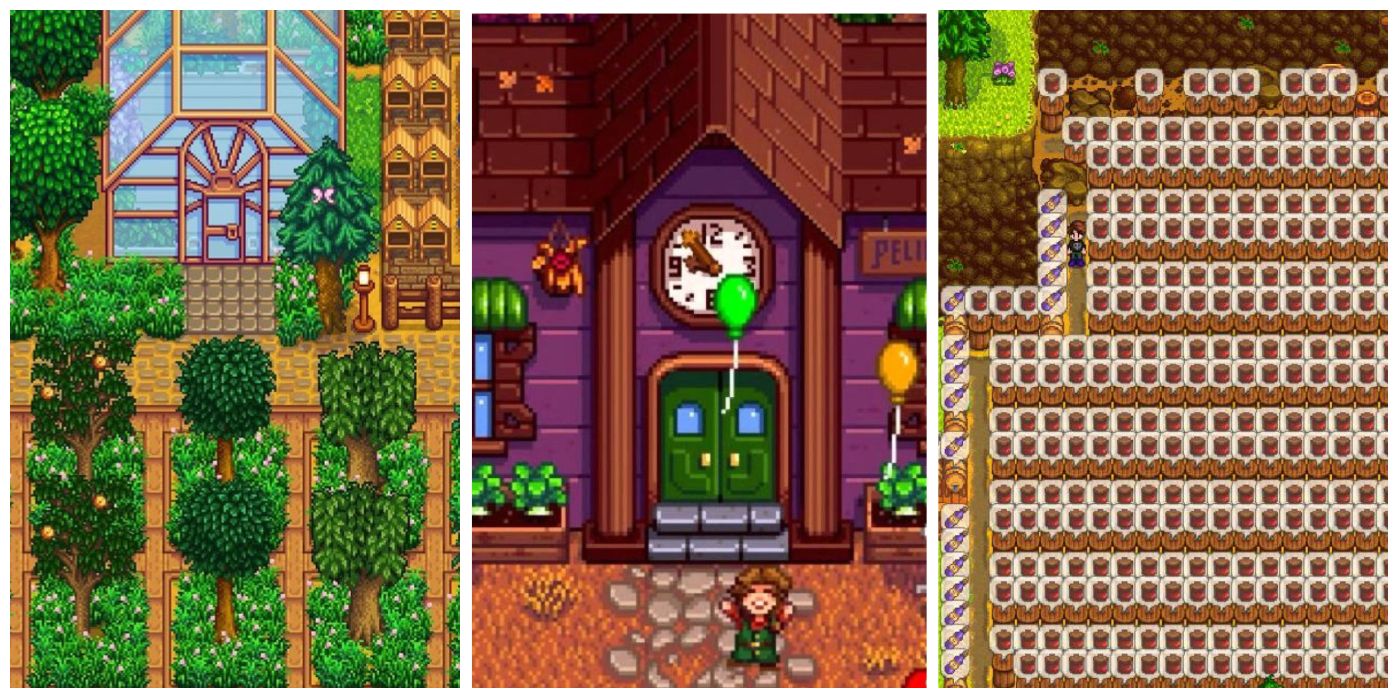
10 Stardew Valley Challenges Players Need To Try
For players who want to put their skills and strategic thinking to the test, Stardew Valley offers many satisfying challenges to conquer.|
Best For |
Tillable Tiles |
Non-tillable, Buildable Tiles |
Other Attribute(s) |
|---|---|---|---|
|
Mining |
1,648 |
930 |
|
The Hill-top Farm is a unique map full of visual appeal. It has its own small quarry tucked to the side which respawns stones, ore, and geodes on every fourth day, making it a perfect farm for those looking to fill up the museum as quickly as possible. The ore and geode spawns are directly correlated to both the player's Mining level and how deep in the mines they have managed to get.
That space can also be farmed or have objects placed on it, making it like an extra stone-filled field that the player can use if they see fit. 50% of the time while fishing, the players can also pull up river fish like those found in Cindersnap. The long river also makes for a great place to plant rice in the spring. It can be a highly profitable farm with some good elbow grease as long as the player is willing to tackle multiple projects at once with its 1,648 farmable tiles and the outrageous 930 buildable but un-tillable tiles.
Unfortunately, it is such a cut-up farm that it's extremely difficult to place buildings. There are so many tiles that cannot be built on or interacted with just taking up space and so many tiles that are only good for building things. Farming is extremely difficult on this map, and raising livestock is much more of a chore than on other maps.
It also suffers from a winding path just like in the Riverland Farm, making it relatively difficult to traverse, especially in the earlier seasons when the lower chunk is packed full of debris and large objects requiring upgraded tools to clear. Additionally, after the actual Quarry and Skull Cavern are unlocked, the perk of having a special quarry loses a lot of its usefulness.
4 The Wilderness Has Scaling Monsters But Is Otherwise Not Much Different From The Default Layout
|
Best For |
Tillable Tiles |
Non-tillable, Buildable Tiles |
Other Attribute(s) |
|---|---|---|---|
|
Combat |
2,131 |
444 |
|
The Wilderness Farm is another great farm to rake in the profits with a massive number of 2,131 farmable tiles and an additional 444 buildable tiles. After dark, it can spawn Wilderness Golems that scale to the Farmer's Combat level and have a chance to drop a Living Hat, Diamonds, and the always-needed Coal.
Additionally, if the player has reached the bottom of the mines, it gains an additional 0.05% Diamond and Prismatic Shard drop on top of its otherwise meager loot table. In spring, it can also drop Rice Shoots which are great, especially in Year 1. If they have monster spawning enabled, it will spawn more than any other farm, leading to some long nights slaughtering monsters.
Unfortunately, in an effort to separate it from just a slightly more dangerous Standard farm, the Wilderness took a hit to the outlines, adding a ton of unusable space to the map. Despite their scaling, the Wilderness Golems are rarely much of an issue, and will not spawn if there is adequate light from torches or campfires. They also have a pathetic loot table, dropping mostly fiber and mixed seeds. When fishing on the map, there is only a 35% chance of catching Mountain Pond fish, with the other 65% being entirely trash.
3 Four Corners Has A Little Of Everything But Also Extra Cliffs That Decrease Space
|
Best For |
Tillable Tiles |
Non-tillable, Buildable Tiles |
Other Attribute(s) |
|---|---|---|---|
|
Multiplayer |
2,952 |
n/a |
|
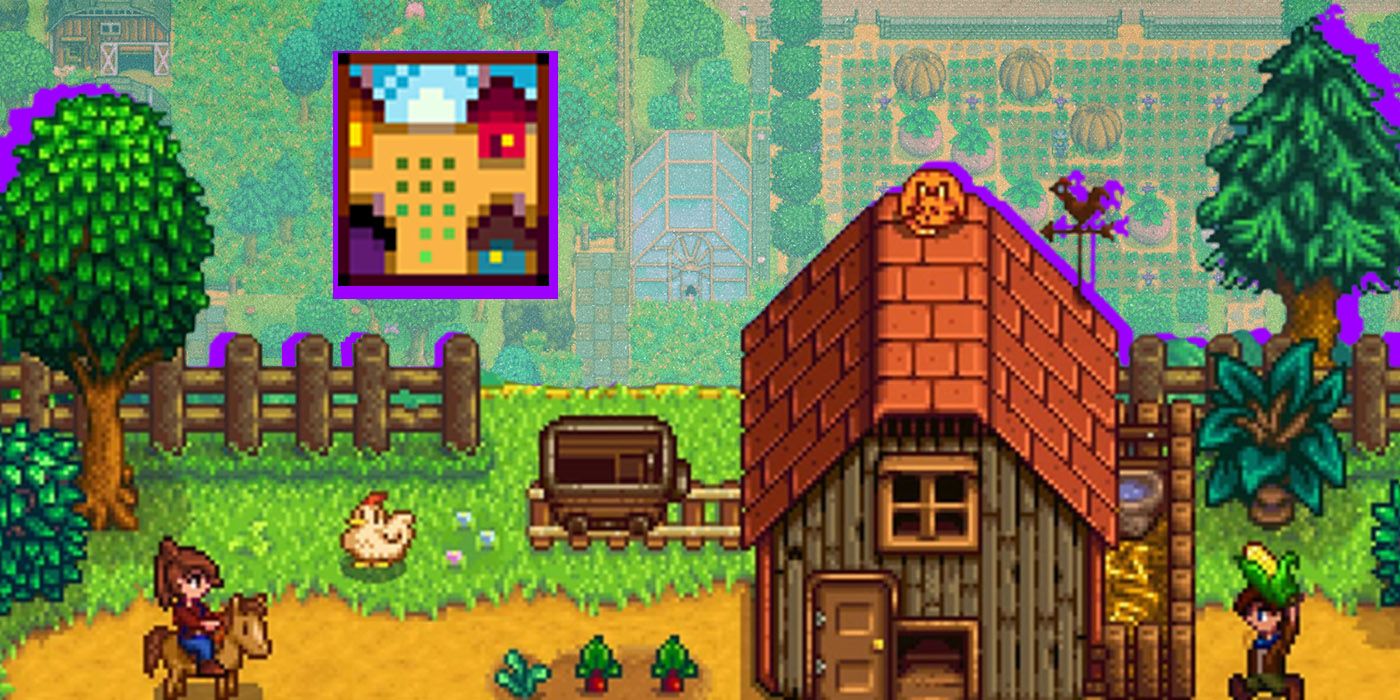
Stardew Valley: Why Four Corners Is the Best Farm Layout
While each farm layout in Stardew Valley offers something special, Four Corners takes everything good about the others and combines them into one.The Four Corners Farm layout was built with Stardew's Multiplayer in mind. Each little corner serves well to give individual players their own little private sections while also giving a tiny sample of most of the other farms. The top right corner is a miniature Standard farm; the top left is a miniature Forest farm complete with seasonal forageables and respawning Large Stump; the bottom right is a miniature Hilltop with a tiny quarry; the bottom left has a fishable pond with a 50% chance of catching the same pond fish found in Cindersnap.
Even when it isn't being played with others, it is a farm with a lot of organization. Since there's a little of everything, it's also great for players who want to have it all in one neat package. It also has a nice 2,952 farmable tiles without much in the means of buildable-only tiles.
The biggest flaw of the Four Corners layout, however, is how much the game tries to prevent movement between each quadrant in the early stages. Most of the pathways connecting the sections are blocked by either large stumps or large stones. The cliffs also take up a good portion of space, forcing the Cave and the Greenhouse to be located in the center instead of to one side like on the other default layouts. It also still keeps both of the entries to the Bus Stop and the Mountain pathway in the space with the main house unimpeded, whereas the entry to Cindersnap is squished between cliffs, making the bottom of the map a little more difficult to traverse than the top.
2 The Beach Farm Layout Is Massive But Is Hard To Automate
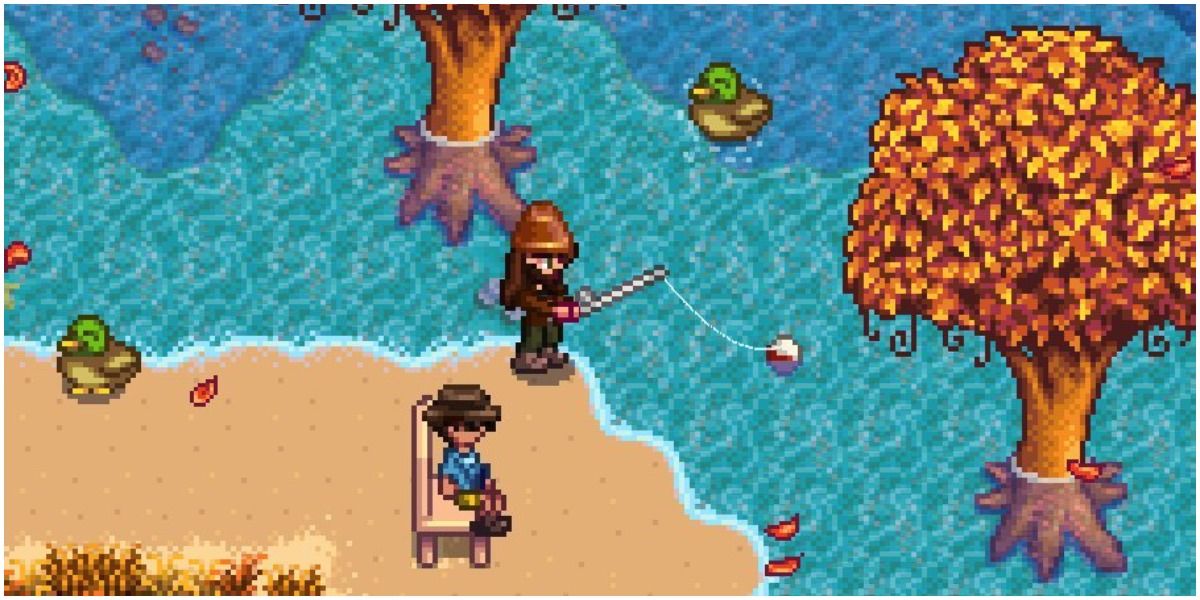
Stardew Valley: 5 Reasons Why You Should Play On The Beach Farm (& 5 Why You Should Just Stick To The Default)
When choosing what type of farming experience you want to have in Stardew Valley, there are things to consider when deciding between beach or default.|
Best For |
Tillable Tiles |
Non-tillable, Buildable Tiles |
Other Attribute(s) |
|---|---|---|---|
|
Foraging/Fishing |
2,700 |
1,928 |
|
The Beach Farm is the newest of the default layouts and has a staggering 2,700 farmable tiles, with a 202 rectangle of them actually accepting sprinklers. It also boasts a massive collection of 1,928 buildable tiles, making it outrageously profitable. It also has another major focus of fishing, allowing the Farmer to fish as if they were on the beach itself. 15% of the time the player will fish up seaweed; 5.1% will be an Oyster, Coral, Mussel, or Cockle; 52.27% will be an ocean fish; the leftover will simply be trash.
To top it off, there is a unique foragable on the Beach Farm found nowhere else: Supply Crates. These Crates can be full of anything from junk to fertilizers to bombs, and typically show up along the beach after it rains. This farm can also spawn the same forageables found on the Beach, negating most need to ever make it to that chunk of the map. Additionally, it can also spawn seasonal forageables around the pond in the lower lefthand corner, making this farm an all-around winner.
However, the Beach Farm is not meant to be a player's starter farm. So many of the tiles cannot have sprinklers and require either filling with fruit trees or treating the soil with Water Retaining Soil for efficiency. It can be extremely difficult to utilize if the player is unfamiliar with Stardew Valley game mechanics.
The only chunk of land that could have sprinklers on it is covered in logs requiring an upgraded axe, and it spawns debris every season like mad. Additionally, it's a very tall map, which means that it takes a little extra time to get from the top to the bottom compared to some of the others. It also pulls itself away from late-game farming, which can render it pretty much useless.
1 The Ginger Island Farm Is An Additional Greenhouse-Like Farm But Is Only Accessible Post-Game
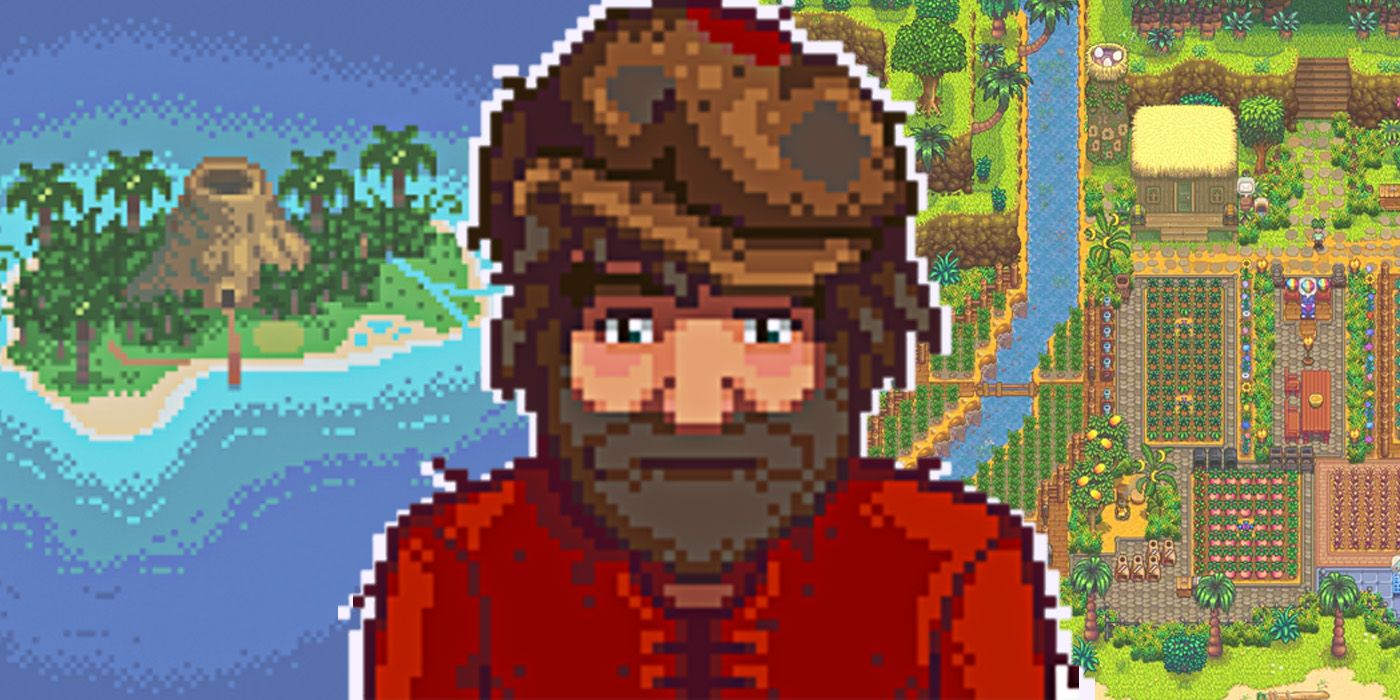
Stardew Valley: How To Access Ginger Island
Stardew Valley has integrated some incredible endgame content over the years, but unlocking everything isn't easy. Here's how to get to Ginger Island.|
Best For |
Tillable Tiles |
Non-tillable, Buildable Tiles |
Other Attribute(s) |
|---|---|---|---|
|
Post-Game |
878 |
n/a |
|
The farm on Ginger Island is a secret, post-game farm that only unlocks after two things are done. First, the player has to complete either the Community Center or the Joja Mart bundles. After that, Willy will have the player help him repair a boat in the back of his shop. It takes the player to Ginger Island, where they gain access to a farm there.
The farm is essentially a giant Greenhouse, with 878 plantable tiles that can grow crops of all seasons. Sprinklers can be placed as well as fruit trees. Crows don't spawn on the island either, negating the need for Scarecrows. Additionally, a 4-bedroom house complete with one Kitchen and one Tropical Bed per farmer on the save file can be added to the farm for 20 Golden Walnuts. A Mailbox can then be added for 5 Golden Walnuts and a Farm Obelisk for another 20 Golden Walnuts.
Despite the fact the farm becomes accessible quickly upon arrival to Ginger Island, it takes some time to collect Golden Walnuts at all, not to mention the 20 parrots required to rebuild the house. Additionally, any spouses or children never actually appear on this farm, which is a little strange considering spouses occasionally appear in the Resort.
There's also the annoying Gourmand Frog reminiscing about things that used to grow on the farm, insisting the player grow specific produce to appease them hanging out in a cave to the side. After his quest is over though, it's a largely useless cave with a novelty hat that can be fished up and little other appeal.
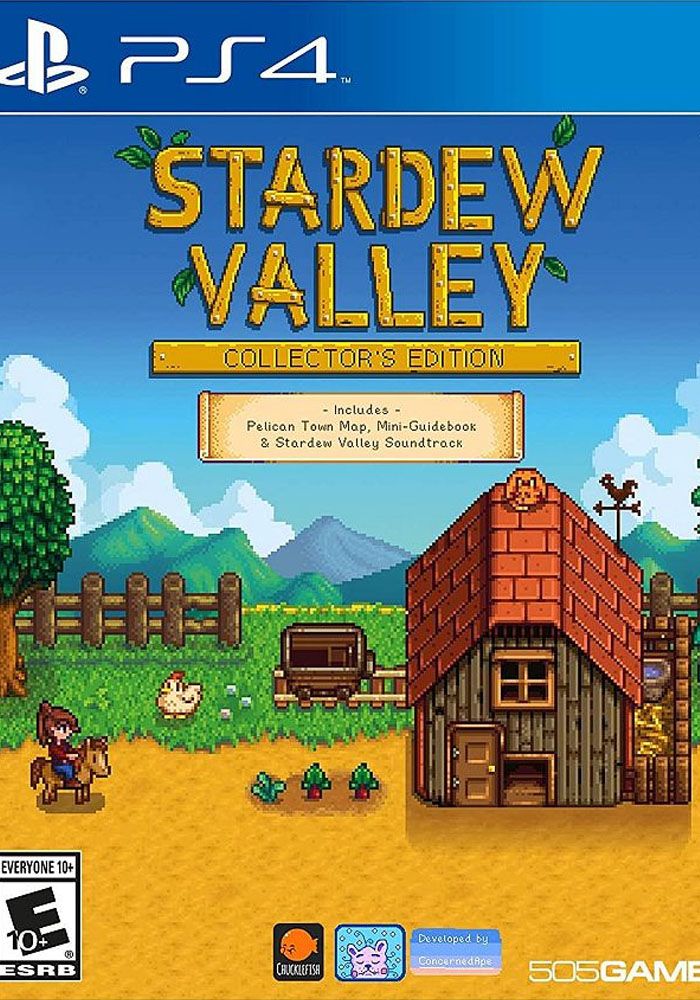
Stardew Valley
Stardew Valley is an open-ended country-life RPG. You've inherited your grandfather's old farm plot in Stardew Valley. Armed with hand-me-down tools and a few coins, you set out to begin your new life. Can you learn to live off the land and turn these overgrown fields into a thriving home?
- Platform(s)
- PC , PlayStation 4 , Xbox One , iOS , Android
- Released
- February 26, 2016
- Developer(s)
- ConcernedApe
- Publisher(s)
- ConcernedApe
- Genre(s)
- Simulation , Farming
- Multiplayer
- Online Co-Op
- ESRB
- E10+
- How Long To Beat
- 52.5 hours

